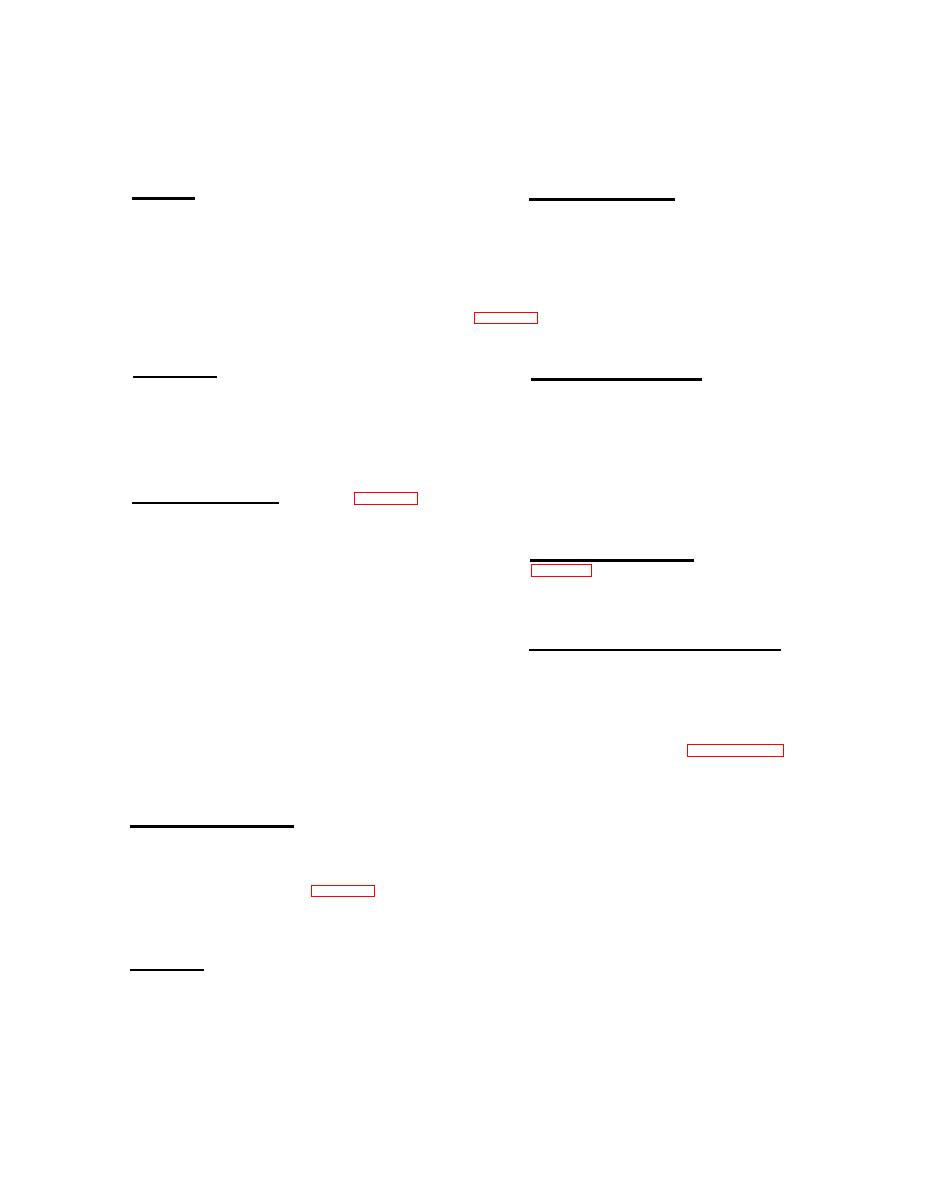 |
|||
|
|
|||
|
Page Title:
Section I. Circuit Card Assembly Repair Procedures |
|
||
| ||||||||||
|
|  11-5820-919-40-1
TM
SECTION
I
CIRCUIT
CARD
ASSEMBLY
REPAIR
PROCEDURES
GENERAL.
Excessive
Solder.
Solder that
flows beyond the bend radius of a com-
This section contains description
3-4.
ponent lead is not acceptable, except
and definitions of standards to be
for small diameter components (for
example, glass diodes).
The maximum
ohserved followed by procedures to be
solder height, including component lead,
performed for repair of circuit cards
Read the
on the bottom of the board is 0.062 inch
and replacement of components.
procedures in this section before
Solder spikes should not
exceed 0.062 inch.
attempting card repair.
Insufficient Solder. Except for
STANDARDS.
permissible voids and pinholes, the
solder must fill the hole to the point
SOLDERING STANDARDS FOR CIRCUIT
The following paragraphs contain
where the solder covers the entire inner
CARDS .
For eyelet holes
surface of the hole.
standards to be observed when soldering
or standoff terminals with circuit con-
circuit cards.
nections, the solder should flow between
Soldering
Voids. A void (fig 3-1)
the eyelet and the pad for at least four-
ifths of the circumference.
is area which is not filled with
solder, the extent of which is com-
Cold Solder Joints. Cold solder
pletely visible. For cards with eyelets
joints (fig 3-4) where the solder balls
or plated-through holes, voids in the
at the point of contact with a pad or
circuit side of a solder joint are per-
lead are not acceptable.
missible, provided that they are not
deeper than half of the hole depth and
Preferred
Solder
Connections.
do not extend over more than a quarter
If no" circuit is con-
of the hole area.
All components may be soldered by either
nected to the pad on the side of the
flow soldering or by hand soldering.
The completed joint must have a clear,
void, the void may extend over the
smooth appearance which indicates proper
entire hole area if the outline of the
Voids in unsupported
lead is visible.
soldering. Examples of preferred solder
connections are shown in figure 3-5.
holes may extend through the hole but
should not extend over more than a fifth
CIRCUIT CARD BASE MATERIAL
of the hole area.
Cracks, chips, or gouges in
STANDARDS.
A pinhole is
Soldering Pinholes.
the base material should not exceed the
a hole in the surface of the solder
following:
which indicates the absence of solder
beneath the surface, the extent of which
1.
Cracks or chips should not exceed
Pinholes (fig 3-2)
is not visible.
back from the edge of the hole more than
should not be permitted adjacent to the
0.040 inch.
component lead or wire.
Cracks, chips, and gouges at the
2.
Solder is not required
Pad Area.
edge of the board should not exceed 1/3
Voids and
to cover the entire pad area.
of the board thickness or extend back
pinholes in these areas are acceptable.
more than 0.12 inch from the edge.
|
|
Privacy Statement - Press Release - Copyright Information. - Contact Us |